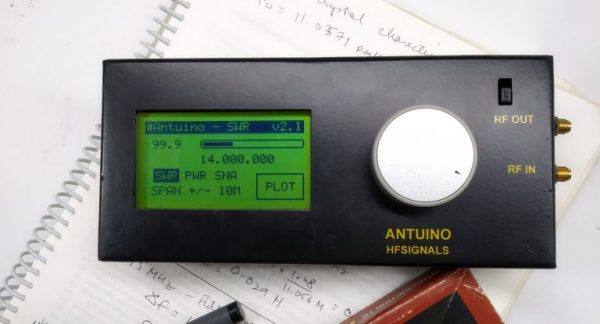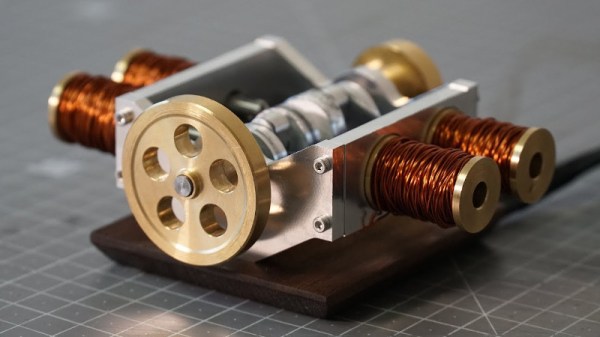It seems like hardly a day goes by that doesn’t see some news story splashed across our feeds that has something to do with Elon Musk and one or another of his myriad companies. The news is often spectacular and the coverage deservedly laudatory, as when Space X nails another double landing of its boosters after a successful trip to space. But all too often, it’s Elon’s baby Tesla that makes headlines, and usually of the kind that gives media relations people ulcers.
The PR team on the automotive side of Tesla can take a bit of a breather now, though. This time it’s Elon’s solar power venture, Tesla Energy Operations, that’s taking the heat. Literally — they’ve been sued by Walmart for rooftop solar installations that have burst into flames atop several of the retail giant’s stores. While thankfully no lives have been lost and no major injuries were reported, Walmart is understandably miffed at the turn of events, leading to the litigation.
Walmart isn’t alone in their exposure to potential Tesla solar problems, so it’s worth a look to see what exactly happened with these installations, why they failed, and what we as hackers can learn from the situation. As we’ll see, it all boils down to taking electrical work very seriously and adhering to standards designed to keep everyone safe, even when they just seem like a nuisance.

















